Introduction
Home automation is becoming increasingly popular in today’s world as it facilitates remote control and monitoring of various home appliances. Arduino boards are a cost-effective solution to create a home automation system. The HC06 Bluetooth module, which is readily available on the market, enables communication between the Arduino board and a mobile device or computer. In this article, we will explore the steps required to create a DIY home automation system using Arduino Nano and HC06 Bluetooth Module.
In the following video I have made a simple home automation system using Arduino. Gerber files and circuit diagram is given below in the list of components.

Circuit Diagram of DIY Home Automation System
Following are the circuits diagram, layout and reference images which will help you to build the project smoothly. Gerber files and other related file links are provided in the components list.
More Circuit Layouts
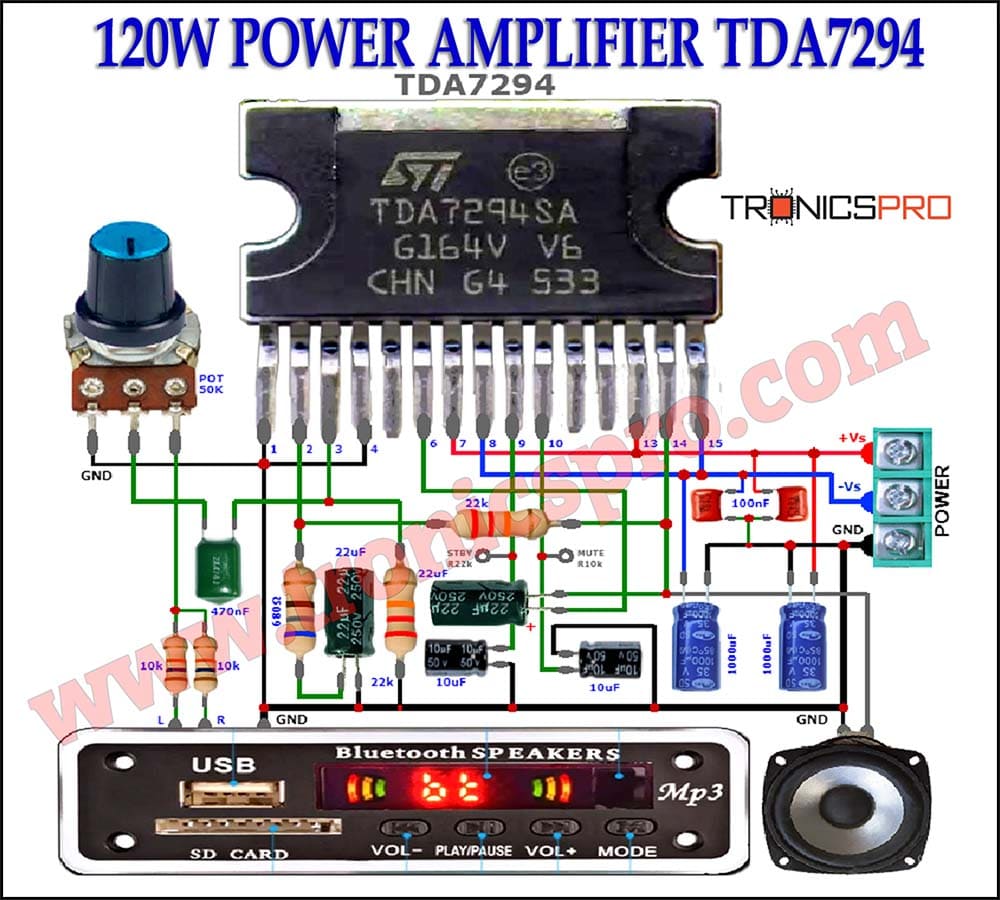


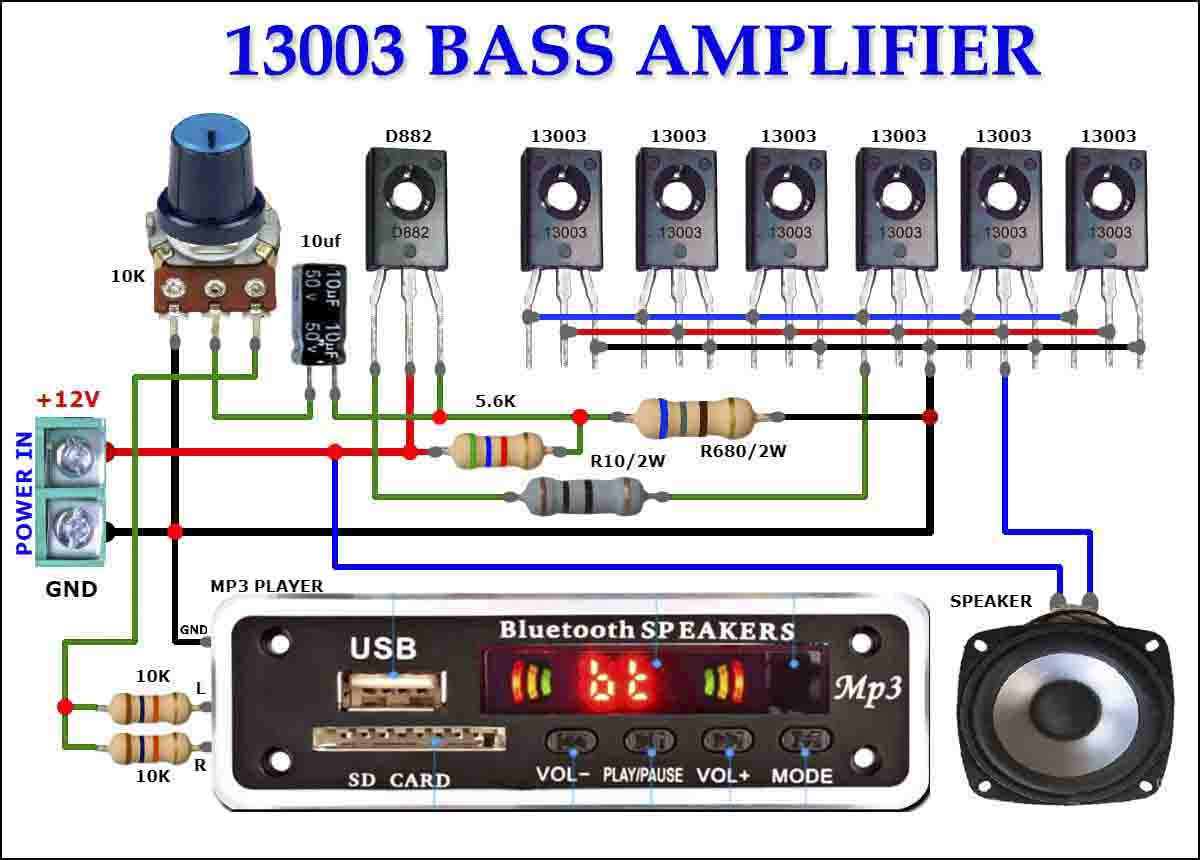
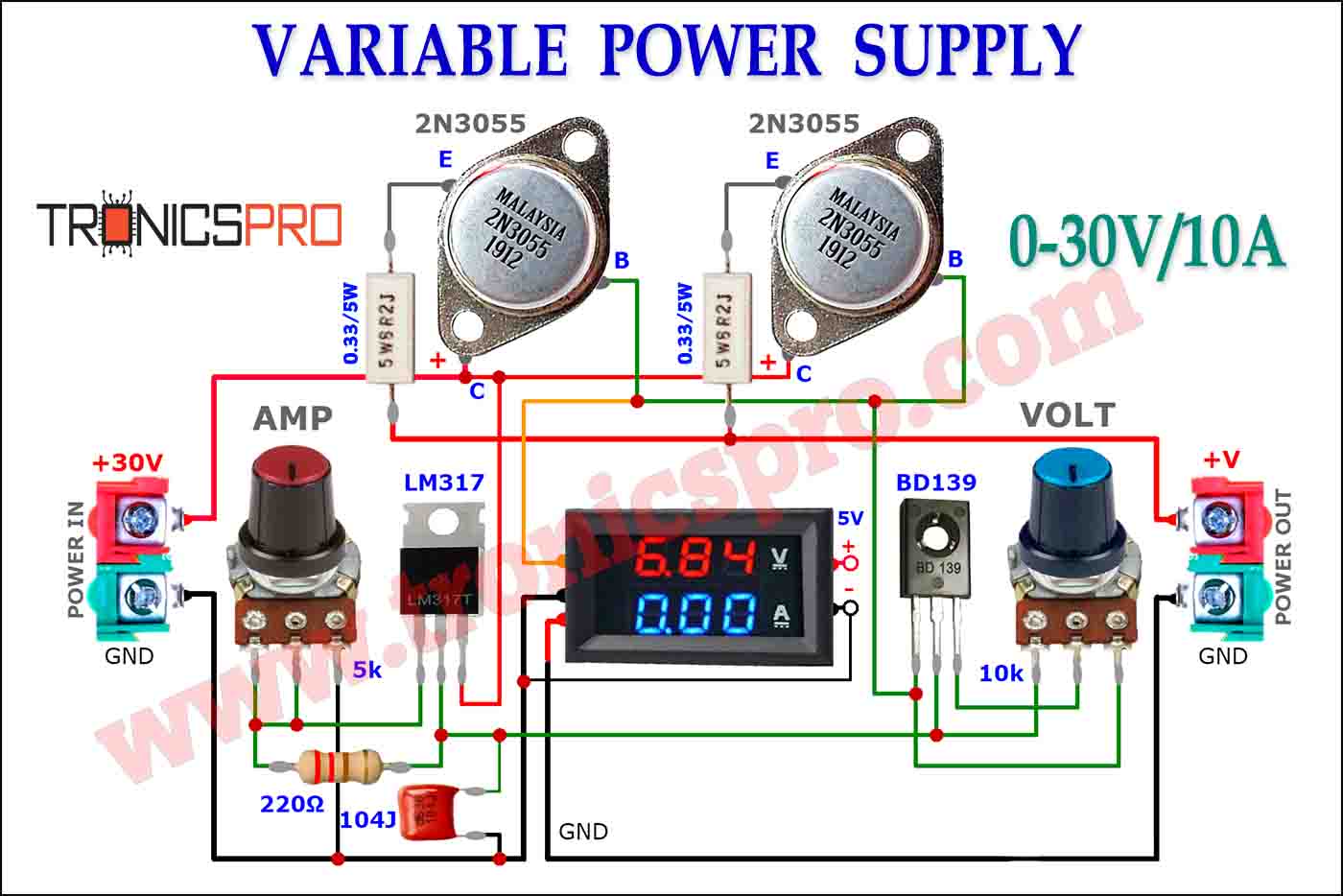
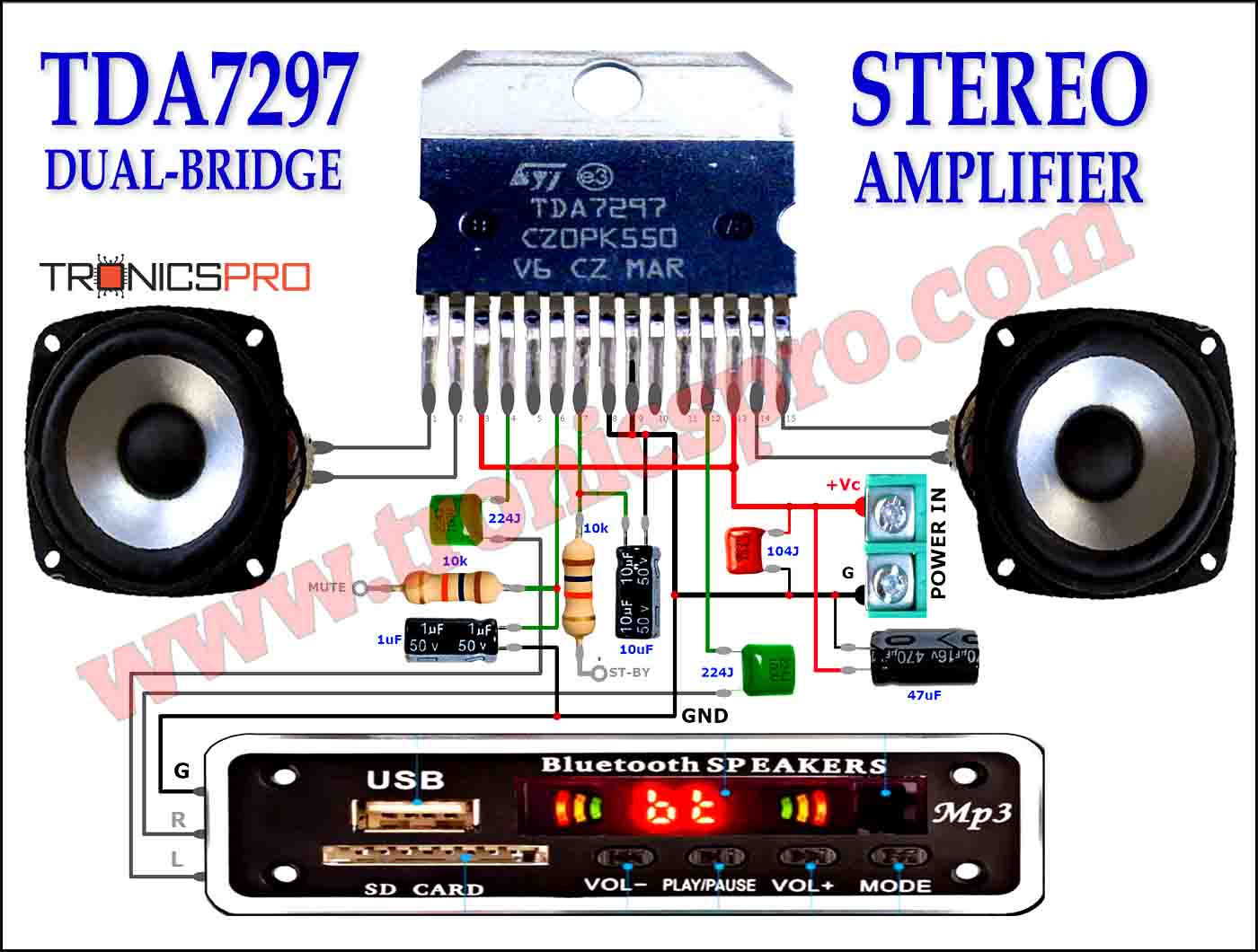
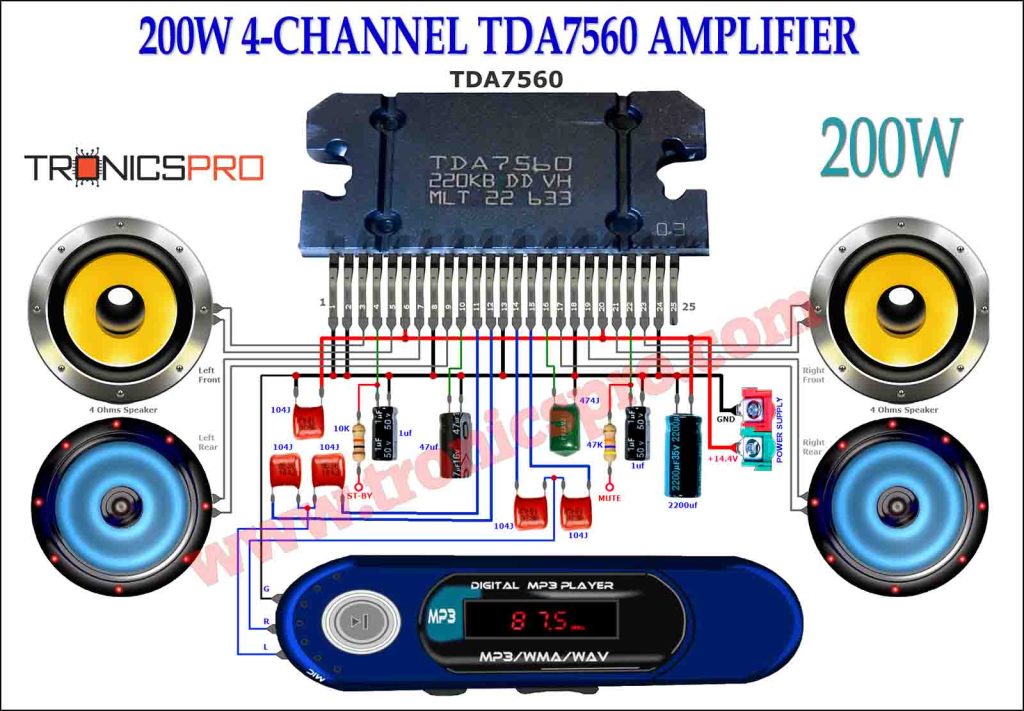
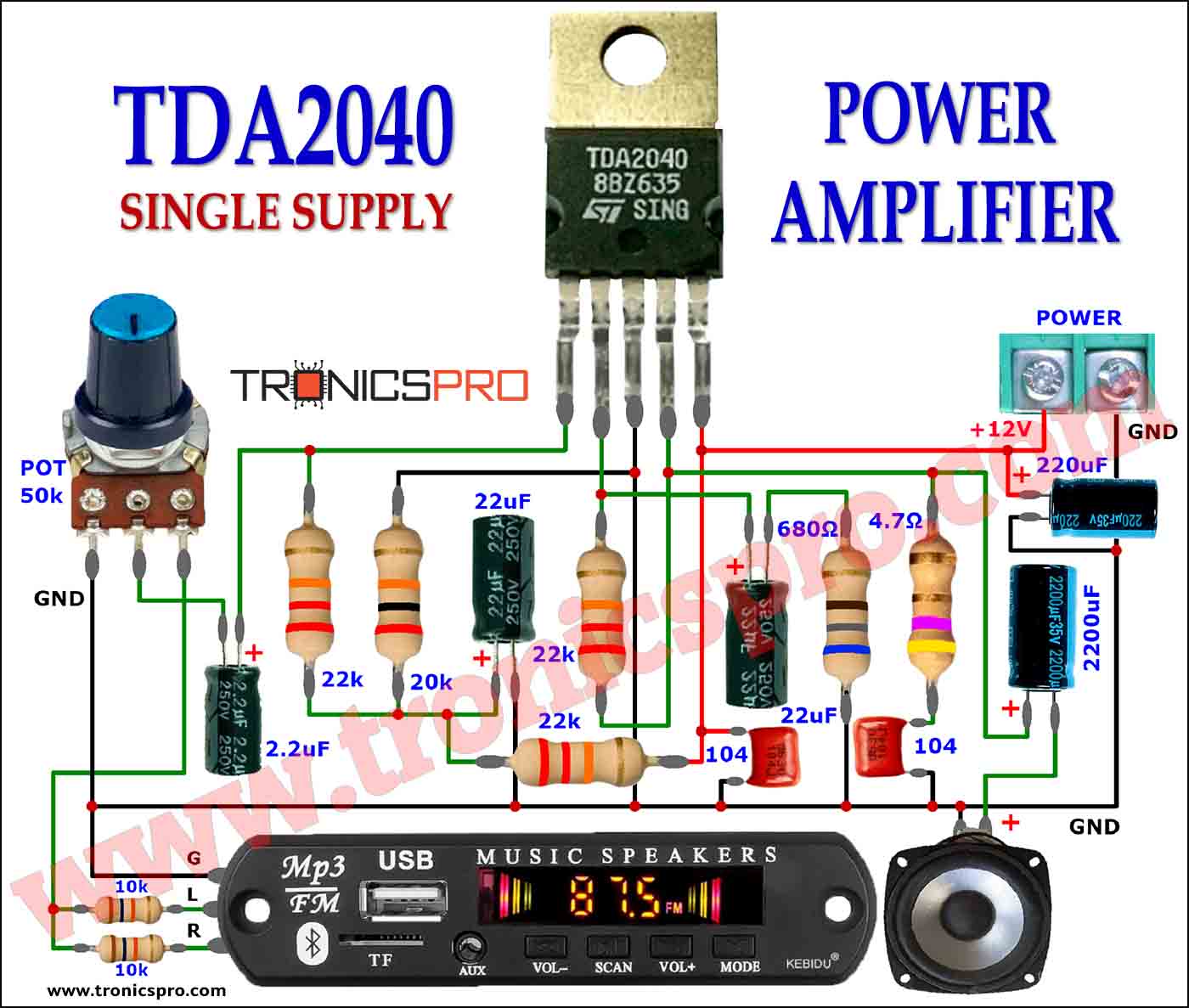




Components List of DIY Home Automation System
Following is the list of all components used in this project:
- 1 X Arduino Nano
- 1 X HC06 Bluetooth Module
- 6X LED
- 4X 1K Resistors
- 4X 10K Resistors
- 4X 5V Relays
- 1X DC Female Jack
- 4X 3 Pin Terminal Blocks
- Female And Male Headers
- Jumper Wires
Gerber Files
Bluetooth Mobile App
Circuit Diagram
Assembling & Testing of DIY Home Automation System
Step 1: Gather the Required Components
The first step in creating a home automation system is to gather the necessary components. These include an Arduino Nano board, an HC06 Bluetooth module, a breadboard, jumper wires, relays, and a power supply unit. In this article, we will focus on controlling a fan as a demonstration of the home automation system.
Step 2: Connect the Hardware Components
After gathering the components, the next step is to connect them. Begin by connecting the Arduino board to the PCB (if already printed) or a breadboard using jumper wires. Connect the HC06 Bluetooth module to the breadboard as well. Connect the relay to the breadboard and connect the fan to the relay. Use a power supply unit to power the Arduino board and the relay.
Step 3: Control the Fan Remotely
The next step is to control the fan remotely using a mobile device or computer. To achieve this, we will use the HC06 Bluetooth module for communication. First, download and install the Bluetooth terminal application on your mobile device, the link of the App is already provided in the components list. Next, connect the Bluetooth module to the same mobile device using Bluetooth pairing. After successful Bluetooth pairing, configure the terminal application to send serial data to the Bluetooth module. This will enable communication between your mobile device and the Arduino board.
To control the fan, open the terminal application and send a command to the HC06 Bluetooth module, which will translate the incoming serial data to the Arduino board. The Arduino board will then control the relay, which in turn controls the fan. For instance, to turn on the fan, a signal of 1 can be sent to the Bluetooth module, which will be translated to the Arduino board as a signal to turn on the relay and ultimately the fan. To turn off the fan, a signal of 0 can be sent to the Bluetooth module.
Conclusion
Creating a home automation system using Arduino Nano and HC06 Bluetooth Module can be a simple and cost-effective solution to remotely control various home appliances. In this article, we demonstrated how to control a fan, but the same principles can be applied to control other home appliances such as lights, air conditioners, and security systems. With advancements in technology, home automation systems are becoming more sophisticated, and the use of Arduino boards and Bluetooth modules open up a world of possibilities. The cost-effective nature of using these components makes it accessible to many individuals who would love to automate their homes.
More projects, You may like:
- Video Transmitter DIY Homemade FM Radio Transmitter
- Adjustable Power Supply DIY Battery Charger
- 12V-220V 500 Watt inverter DIY Homemade
- 12V-220V H-Bridge Inverter DIY Homemade
- MPPT Solar Charge Controller DIY Homemade
- 18650 battery bank free charge protection module
- D718 B688 Bass Amplifier Homemade DIY
- C5200 Bass Amplifier DIY Homemade with Volume
- DIY LA4440 bass amplifier homemade
- C5200 A1943 TDA2030 Amplifier DIY Homemade















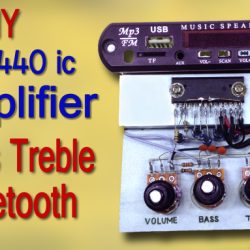
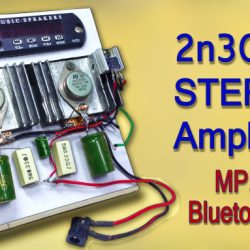
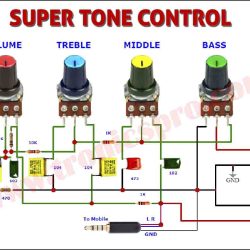
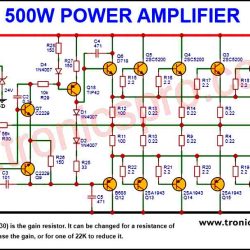

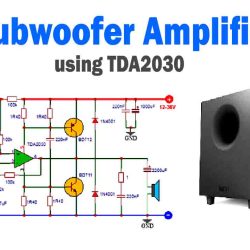



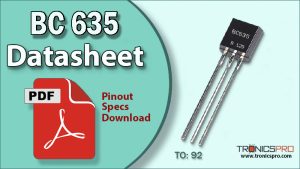
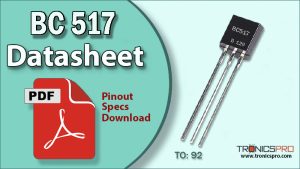



Very very good 👍
Thanks